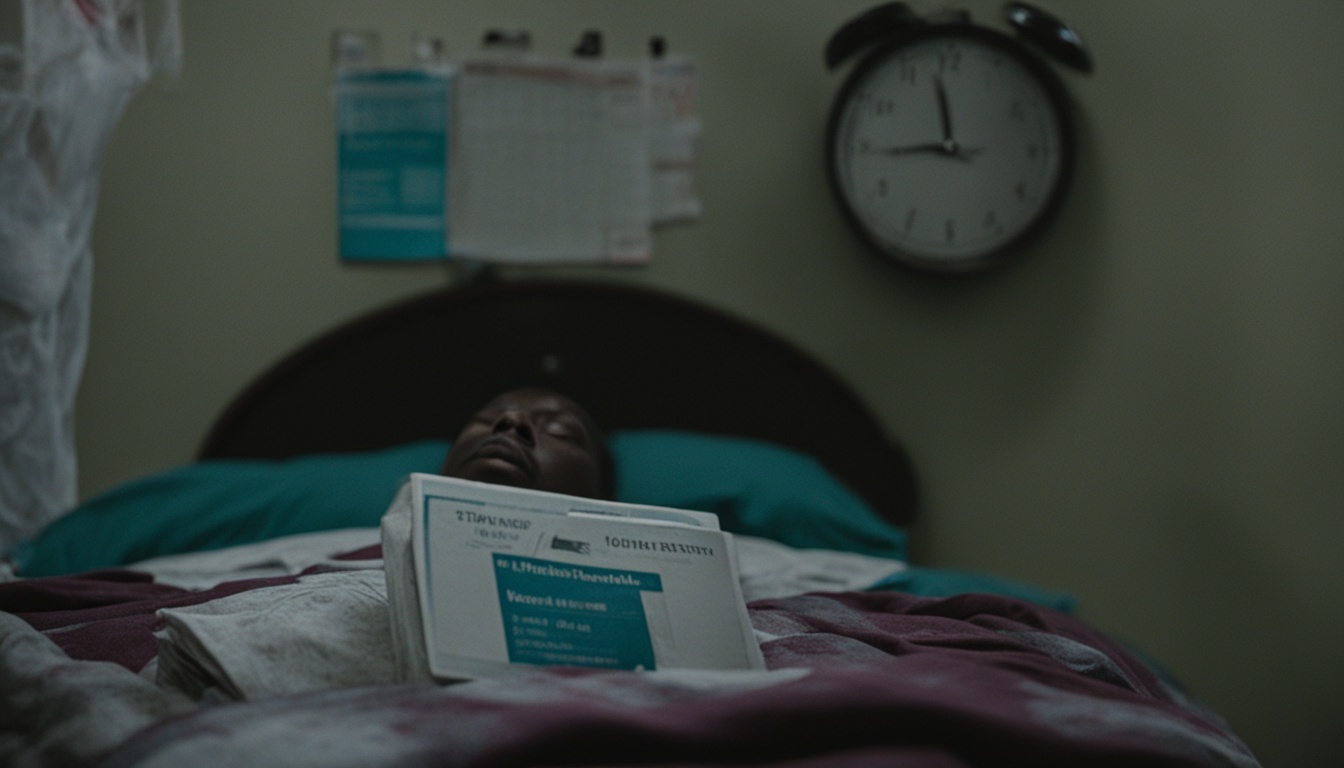Delayed sleep phase syndrome, known as DSPS, is a sleep disorder. Its key feature is going to bed and waking up much later than usual. It’s often seen in teens and young adults. About 15% of young people and adults may have it. Those with DSPS find it hard to sleep early, usually falling asleep long after midnight. This can make waking up on time a real struggle. It leads to feeling very tired during the day.
Having DSPS isn’t just choosing to stay up late. It happens because the body’s natural clock is off. The reason for this is still not fully understood. It might have to do with genetics, changes during teenage years, or other health issues. Getting the right diagnosis for DSPS can be tricky. It’s sometimes confused with depression or common insomnia. Doctors, especially those specialized in sleep, can run tests to find out if DSPS is the real issue.
To manage DSPS, a mix of treatments is often used. This includes setting a sleep schedule that helps fix the body clock. Bright light therapy, melatonin pills, and better sleep habits also play a part. It’s crucial to know DSPS doesn’t just go away on its own. Even though it’s more common in youth, adults can also have it. This means sticking to the treatment is important over time.
Key Takeaways:
- DSPS is a circadian rhythm sleep disorder marked by a delayed sleep-wake pattern.
- It can affect anyone but is seen more in teens and young adults.
- Those with DSPS find it hard to sleep at a usual, early time.
- The cause of DSPS isn’t fully known but likely comes from different reasons.
- Treating DSPS includes changing sleep habits and routines.
The Role of Sleep in Parkinson’s Disease
Sleep is vital for our body to work right. In people with Parkinson’s disease (PD), not sleeping well is common. PD brings motor symptoms like moving slow, shaking when at rest, and stiffness. But it also messes with how we sleep and wake up. This happens because a part of the brain called the suprachiasmatic nucleus (SCN) can’t do its job. The SCN is at the front bottom of the brain and it works with two main forces: one that makes us sleepy (Process S) and one that wakes us up (Process C).
When we need to sleep more, it’s because adenosine makes us feel tired (Process S). The SCN’s clock, though, is in charge of when we feel alert and awake (Process C). In PD, a part of the brain called the substantia nigra loses brain cells that make dopamine. This causes motor symptoms but also messes up other parts of the brain that control sleep. This is why people with PD have a hard time sleeping, feel too tired during the day, and sometimes act out their dreams. This is called rapid eye movement sleep behavior disorder (RBD). Many parts of the brain are affected, like the VTA, DRN, LC, PPN, and hypocretin cells.
Not only dopamine but also other chemicals, like hypocretin, help control when we’re awake or asleep. To help with sleep problems in PD, doctors focus on treating the main motor symptoms. They might prescribe medicine, suggest lifestyle changes, or offer behavioral therapy to help.
| Sleep Disturbance | Explanation |
|---|---|
| Difficulty falling asleep | PD patients may struggle to initiate sleep, taking longer to fall asleep than the general population. |
| Excessive daytime sleepiness | PD patients often experience excessive sleepiness during the day, impairing their overall quality of life. |
| Rapid eye movement sleep behavior disorder (RBD) | RBD is characterized by vivid dreams, acting out dreams during sleep, and muscle atonia loss during REM sleep. |
Sleep problems in PD are a big issue. They can make motor symptoms worse, increase the chance of falling, and lower quality of life. It’s important to address these sleep issues when managing Parkinson’s disease.
Conclusion
DSPS and sleep problems in Parkinson’s disease (PD) are tough conditions. They need a full plan for finding and treating them. DSPS makes people have a sleep schedule that’s late. This happens a lot in teens and young adults. To treat DSPS, you can change your sleep time or use bright lights. Melatonin, and sleeping better, also help.
PD is a neurodegenerative disease that affects movement. It shows symptoms like slow movements, shaking when resting, and stiffness. People with PD also have a hard time sleeping. This is because some parts of their brain that control sleep are damaged. Therapy for sleeping problems in PD works on the key movement signs. It uses drugs, changing daily habits, and teaches some behavior ways.
Stem cell therapy is new and might help with sleep conditions like DSPS and PD. But, we still need more studies to know if it’s safe and really works. Treating these sleep problems means different health experts working together. They make a plan that fits each person to help them sleep better.

